What Is the Best Dslr Camera for Wildlife Photography
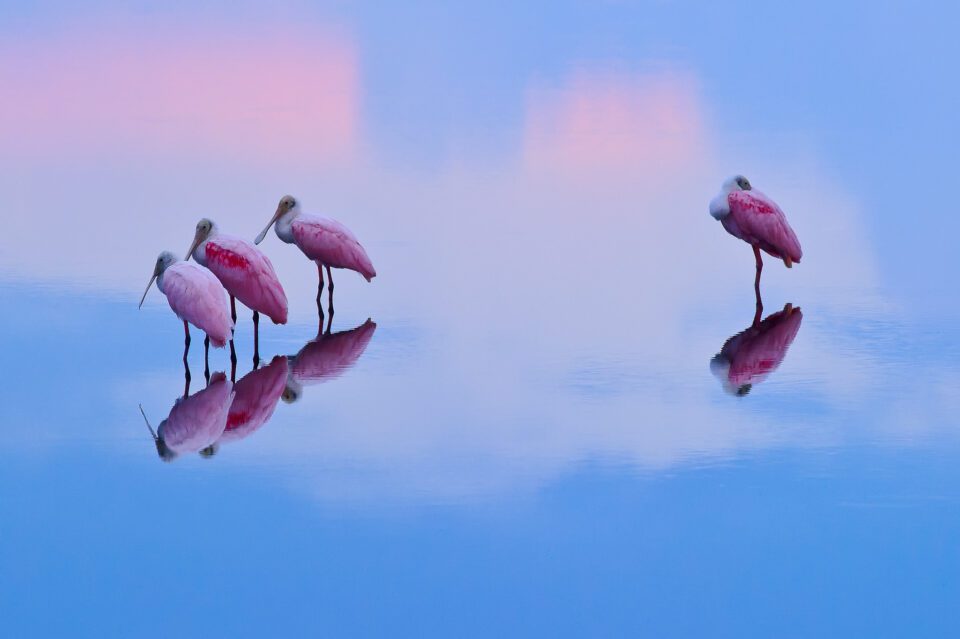
Copyright Nasim Mansurov
If you lot are into sports and wildlife photography, you lot might exist wondering which camera is the best for these 2 genres today. Without a doubt, action photography tin be challenging even for the near expensive cameras on the market, since it has very specific requirements. Activeness cameras need fast autofocus systems, fast continuous shooting speeds, minimum blackout, large camera buffers, extensive weather sealing, solid build quality, and the intelligence to be able to place and stay locked onto a subject. In this commodity, nosotros decided to compile a list of top cameras we recommend for sports and wildlife photography needs. It is of import to notation that every single tool in the list beneath has been tested extensively by our team members, and so nosotros only provide recommendations based on our real-world experience.
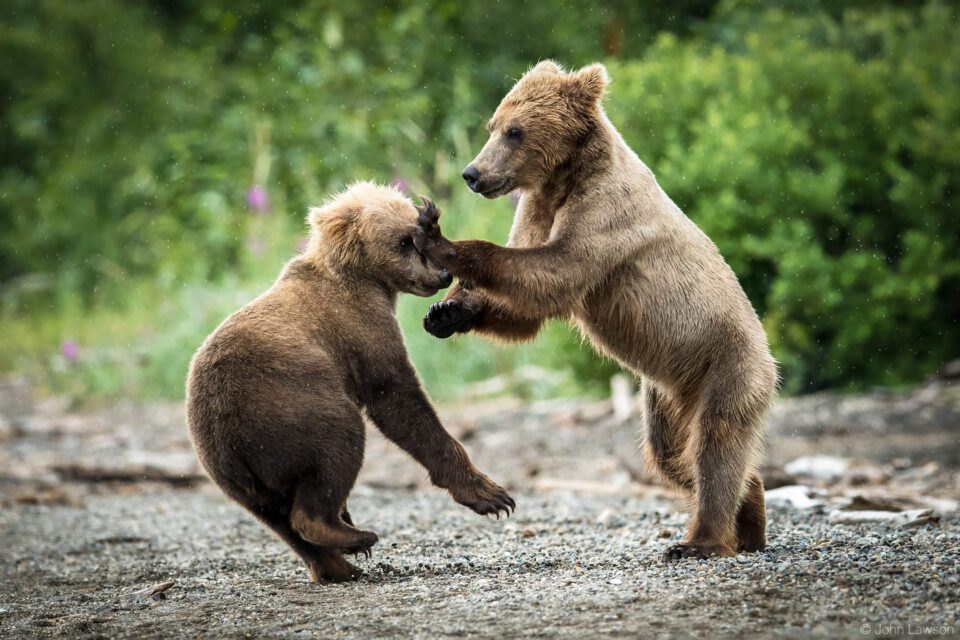
Copyright John Lawson
If you are wondering which camera features are important in an activity camera, hither is a quick list that we put together, based on its importance (from nigh of import to least):
- Lens Selection – while this is not a photographic camera feature, it is perchance the most of import factor when because a sports and wild fauna camera. What good is a camera, if you can only mountain a very express number of telephoto and super-telephoto lenses on it? The first factor you should always consider is the overall force of the photographic camera system, which heavily depends on the availability of high-quality lenses.
- Fast, Responsive and Customizable Autofocus (AF) Organisation – you will need a camera with an advanced phase-detection autofocus system that is reliable for fast-action photography. The autofocus organisation needs to be fast and accurate, capable of producing consistently expert results in unlike environments. Here is a breakdown of the about important autofocus features:
- Phase-Detection AF / Hybrid AF System
- AF Speed
- AF Reliability
- Low-light AF Operation
- Subject area Recognition and Tracking
- Range of AF Focus Modes (Single, Dynamic, Group, etc)
- AF Mode Customization (Tracking Speed, Tracking Sensitivity, etc)
- Broad AF Point Coverage
- Face / Centre Detection
- Continuous Shooting Speed – when it comes to photographing sports and wild fauna, the more frames-per-2d (FPS), the amend.
- Camera Buffer – fast FPS alone is not enough if the camera cannot shoot continuously for more than a few seconds before its buffer runs out. The camera too has to have a big enough buffer size.
- Fast Memory Card Storage – the camera buffer heavily depends on how fast the retention card storage is. In fact, if the memory menu storage is fast enough, the photographic camera buffer does not accept to exist very large. Basically, the faster the storage, the faster the images are transfferred to the retention card.
- Sensor Size – existence able to shoot clean, noise-costless images in low-light situations tin be critical when doing wildlife photography. A full-frame camera is going to have much amend loftier ISO performance than a camera with a smaller sensor. At the aforementioned fourth dimension, a smaller sensor with similar resolution is going to provide better attain due to cropping (meet crop factor), so one has to evalulate sensor size low-lite operation vs reach.
- Sensor Resolution (Megapixels) – while some photographers prefer low-resolution cameras for cleaner images, others similar the power to ingather images agressively when using high-resolution cameras.
- Ergonomics – when shooting fast action, ergonomics are extremely important. You need to exist able to quickly switch between different focus modes without lifting your optics off the viewfinder. Y'all must be able to access the nigh critical settings such as camera mode, ISO, exposure compensation and metering style when weather change. You demand to be comfortable with button placement, and you should exist able to quickly evaluate the quality of the captured image. The photographic camera and lens need to balance in your easily and when used on a tripod.
- Build Quality and Weather Sealing – sports and wildlife photographers have to be able to shoot in all kinds of challenging conditions, then atmospheric condition sealing in both the camera and the lens is extremely important. When shooting in a decorated sports arena or shooting from a moving vehicle, bumping and dropping accidents tend to happen from fourth dimension to time, and one needs to be able to rely on the build quality of their gear to keep on shooting.
- Bombardment Life – sports and wildlife photography depletes battery faster than any other type of photography, since the photographic camera is always busy actively tracking subjects, taking many images and constantly accessing and storing captured images. The longer the bombardment lasts in the field, the meliorate.
- Size and Weight – generally, a high-end DSLR camera with a super-telephoto lens is going to be large and heavy. While smaller sensor systems are going to be lighter and smaller in comparing, they are non going to yield the same level of functioning in comparison. You will need to evaluate each organisation based on your needs and budget. Go along in listen that the photographic camera and lens combination take to be practical in the field.
There are other photographic camera features and factors to consider, merely the higher up are the most important ones to go along in mind.
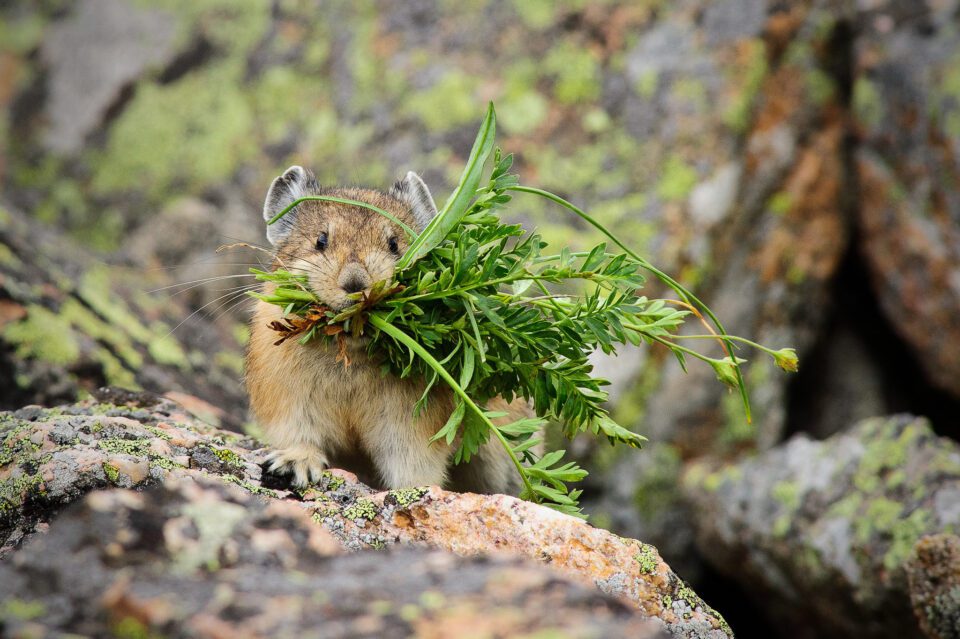
Copyright Nasim Mansurov
Although DSLR cameras have been dominating activity photography for many years now, the advancements in mirrorless photographic camera technology (especially in autofocus capabilities) are quickly changing the camera mural. If just a few years back I would not dare to recommend whatsoever mirrorless camera for photographing fast activeness, the situation is changing in favor of mirrorless technology every yr. Once manufacturers address all autofocus, battery life, and native mount lens option concerns, mirrorless cameras volition eventually supersede DSLRs as the near favored options for shooting sports and wildlife in the future.
Keep in mind that the sensor size is going to dictate the size of the overall system, its weight, besides as its overall cost. While top-of-the-line total-frame cameras offer the best autofocus systems and epitome quality, they are quite large, heavy, and very expensive. For this reason, those who are starting out in sports and wild fauna photography might want to first consider APS-C sensor options, which are provided in this article.
When it comes to camera brands and systems, in that location are plenty to choose from from a variety of photographic camera manufacturers, including Canon, Nikon, Sony, Fujifilm, and many others. The below list is sorted by our order of preference, although every camera we present is more than than capable of producing great results.
Canon EOS-1D 10 Mark III
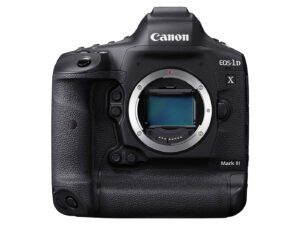 If your system of choice is Catechism, the latest EOS 1D 10 Mark III is an absolute curiosity for any kind of activeness photography, including sports and wildlife. Canon engineers put their best efforts into making it the most feature-rich and complete DSLR camera on the market place today, and it really shows. With its advanced 20.1 MP CMOS sensor that produces low-noise images even at extremely high ISO levels, 191-betoken advanced autofocus system, superb Dual Pixel CMOS AF and five.5K video shooting capabilities, the Canon 1D X Mark III shines as both advanced stills and video camera.
If your system of choice is Catechism, the latest EOS 1D 10 Mark III is an absolute curiosity for any kind of activeness photography, including sports and wildlife. Canon engineers put their best efforts into making it the most feature-rich and complete DSLR camera on the market place today, and it really shows. With its advanced 20.1 MP CMOS sensor that produces low-noise images even at extremely high ISO levels, 191-betoken advanced autofocus system, superb Dual Pixel CMOS AF and five.5K video shooting capabilities, the Canon 1D X Mark III shines as both advanced stills and video camera.
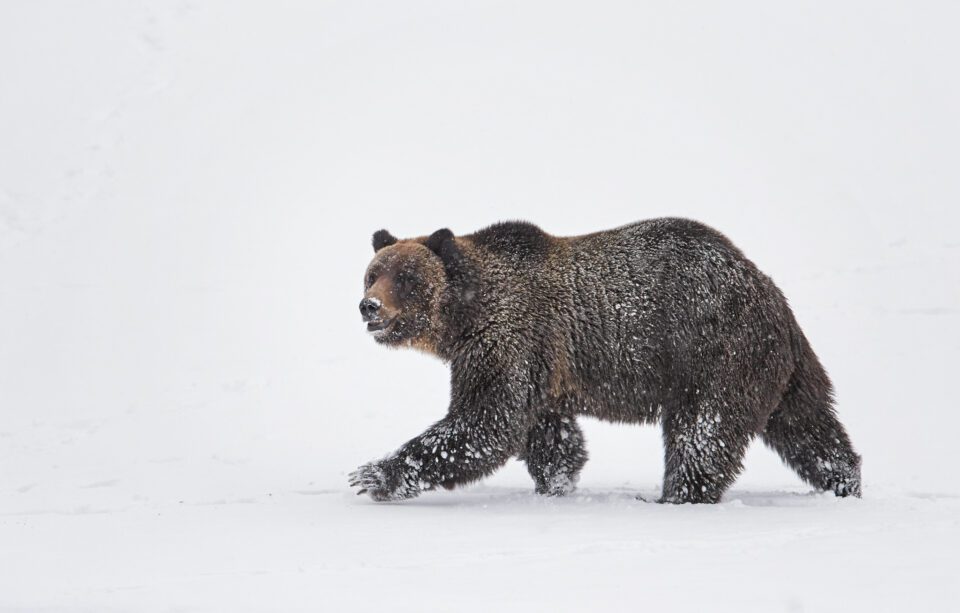
Copyright Dvir Barkay
Canon'south new autofocus system is what makes the 1D X Marker III stand up out from the competition. In addition to the advanced phase-detection autofocus system that features Face Detection, Head Detection, and Deep Learning for advanced discipline recognition and tracking, Canon also incorporated its Dual Pixel CMOS AF into the camera that takes autofocus performance to the adjacent level when using Alive View. This brings many of the benefits of mod mirrorless systems in terms of autofocus features. At 16 FPS, the 1D X Marking 3 is also the fastest camera on the market when it comes to continuous shooting speed – and information technology can shoot at such insane speeds with total-time AI Servo AF. Switching to Live View, it extends the shooting speed to 20 FPS, also with continuous autofocus and tracking capabilities. And information technology can do all that without always running out of the camera buffer, even when shooting RAW + JPEG images.
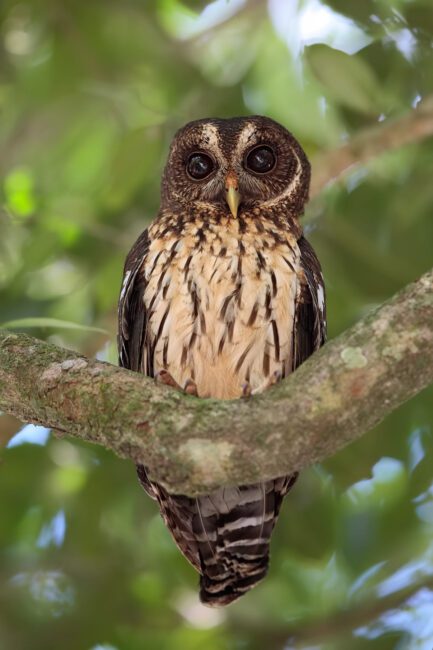
Copyright Dvir Barkay
The EOS-1D X Marking III is the showtime Canon camera to feature the HEIF image pick, which tin can store HDR information in the paradigm and offers much better bit depth compared to the JPEG format.
And let'due south not forget well-nigh Canon'southward excellent line-upwards of super-telephoto lenses – from 70-200mm f/ii.8L IS III USM and 200-400mm f/4L IS USM Extender i.4x all the mode to the exotic 300mm f/2.8, 400mm f/ii.8, 500mm f/4, 600mm f/4 and 800mm f/five.six primes. Canon really knocked its latest EF 400mm f/2.8L IS 3 USM and EF 600mm f/4L IS Three USM lenses out of the park, making them significantly lighter compared to their Nikon counterparts (the 400mm is almost a kilo lighter in comparison, which is very impressive).
As explained in my Nikon D6 vs Canon 1D X Marking III article, the Catechism 1D X Marking III stands out virtually in every style when compared to the Nikon D6, making information technology our height contender for the best sports and wild fauna camera on the market place today.
Nikon D6
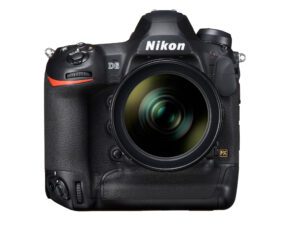 The Nikon D6 is another advanced and feature-rich DSLR photographic camera on the marketplace today, making information technology another top pick for sports and wildlife photography. Sporting a low-noise twenty.8 MP CMOS sensor, Nikon's most advanced Multi-CAM 37K autofocus system, a fast EXPEED half dozen processor, 14 FPS continuous shooting speed, a huge buffer, and dual CFexpress memory card slots, the Nikon D6 is a monster of a camera. The autofocus arrangement features a total of 105 all cross-type focus points that evangelize fast and accurate focusing, which is extremely of import when shooting fast action.
The Nikon D6 is another advanced and feature-rich DSLR photographic camera on the marketplace today, making information technology another top pick for sports and wildlife photography. Sporting a low-noise twenty.8 MP CMOS sensor, Nikon's most advanced Multi-CAM 37K autofocus system, a fast EXPEED half dozen processor, 14 FPS continuous shooting speed, a huge buffer, and dual CFexpress memory card slots, the Nikon D6 is a monster of a camera. The autofocus arrangement features a total of 105 all cross-type focus points that evangelize fast and accurate focusing, which is extremely of import when shooting fast action.
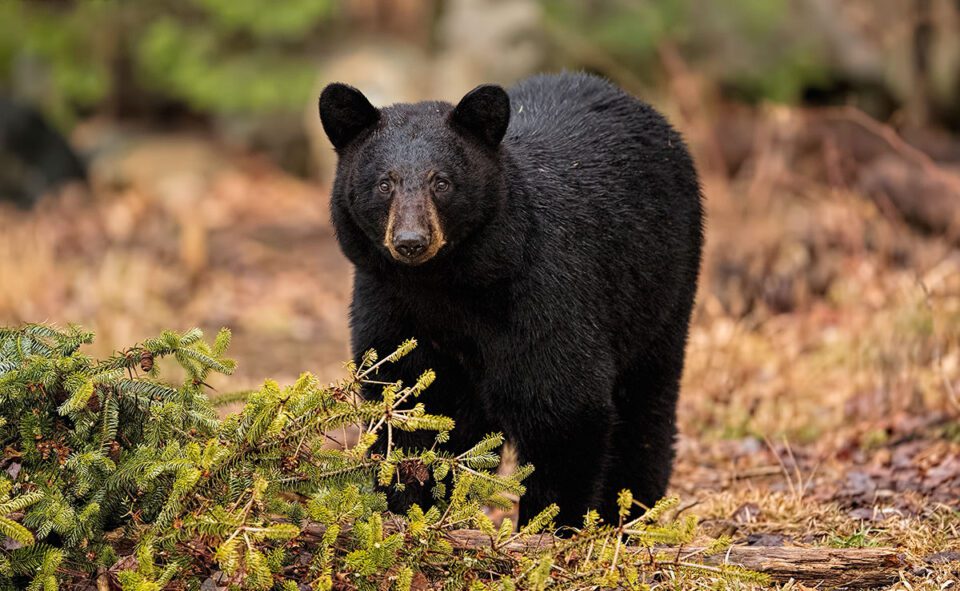
Copyright Robert Andersen
As Nikon'due south "best of the best", the D6 has superb ergonomics, excellent build quality, and extreme weather condition sealing to brand information technology suitable for whatever shooting environment. Nikon as well has an all-encompassing list of exotic super-telephoto lenses Nikon seventy-200mm f/2.8E FL ED VR, 120-300mm f/2.8E FL ED SR VR, 180-400mm f/4E TC1.iv FL ED VR, 300mm f/2.8G VR Ii, 400mm f/ii.8E FL ED VR, 500mm f/4E FL ED VR, 600mm f/iv E FL ED VR and 800mm f/5.6E FL ED VR. For those who desire lighter lenses, the Nikon 300mm f/4E PF ED VR, as well as the 500mm f/5.6E PF ED VR are as well unique and superb alternatives. Lastly, Nikon maintains an excellent trio of 1.4x, 1.7x and 2x teleconverter options, providing plenty of focal length options for those who demand better attain.
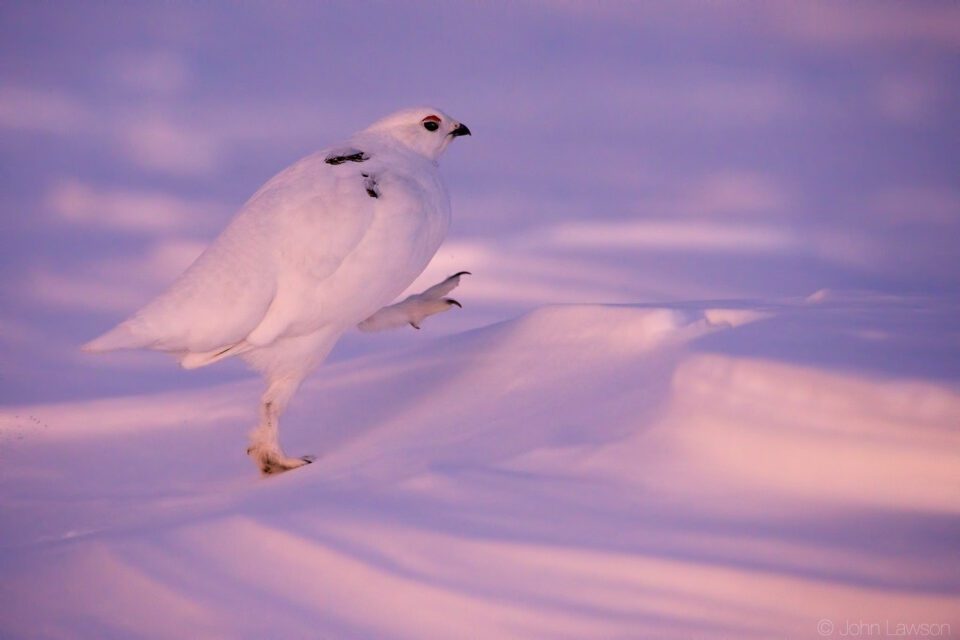
Copyright John Lawson
For those on a tighter budget, Nikon's previous-generation top-of-the-line DSLRs like D4, D4S, and D5 are also excellent choices for sports and wildlife photography. In my earlier days of photography, I used to own and love the Nikon D3s, which I used heavily for photographing activity and wildlife. I too had quite a scrap of field feel shooting with both Nikon D4 and D4s, which are simply phenomenal cameras. Today, you lot can find these cameras for a real bargain in the used market, some of which are in excellent condition.
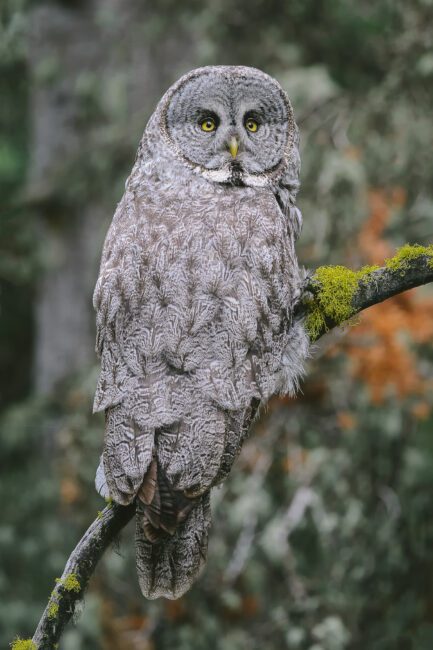
Copyright Nasim Mansurov
Nikon's top-of-the-line cameras are obviously not for anybody, merely for those who tin beget these cameras, they are worth every penny.
Sony A9 II
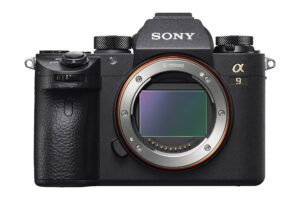 If you were to pick the best mirrorless camera for action photography today, the Sony A9 Two would certainly take the elevation spot. The highlights of this camera include Sony's all-time 24.2 MP BSI stacked CMOS sensor with astounding readout speed that allows up to 20 FPS continuous shooting, advanced 693-point phase detection AF with Existent-fourth dimension Eye Autofocus capabilities, 5-axis in-body image stabilization, three.69-one thousand thousand dot OLED electronic viewinder (EVF) and dual UHS-II SD memory card slots.
If you were to pick the best mirrorless camera for action photography today, the Sony A9 Two would certainly take the elevation spot. The highlights of this camera include Sony's all-time 24.2 MP BSI stacked CMOS sensor with astounding readout speed that allows up to 20 FPS continuous shooting, advanced 693-point phase detection AF with Existent-fourth dimension Eye Autofocus capabilities, 5-axis in-body image stabilization, three.69-one thousand thousand dot OLED electronic viewinder (EVF) and dual UHS-II SD memory card slots.
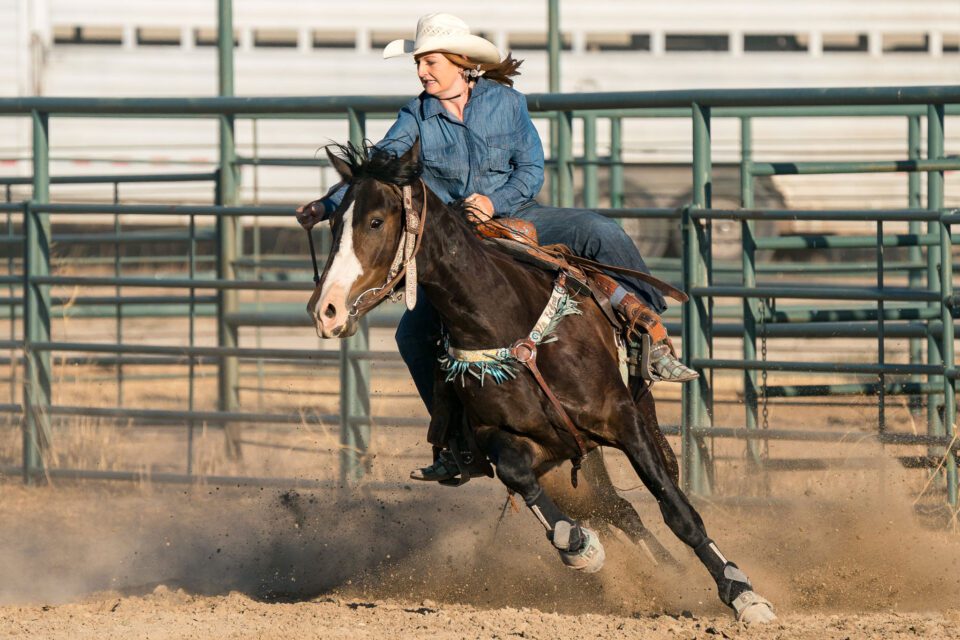
Copyright Nasim Mansurov
Beingness a mirrorless camera, the Sony A9 Ii has a few advantages over Canon's and Nikon's top DSLRs. Start of all, at just 678 grams, it is a much lighter camera when compared to the Catechism 1D Ten Marking 3 or Nikon D6 (even with an optional battery grip fastened, it is nevertheless 300 grams lighter). Second, its autofocus arrangement offers a much wider coverage compared to DSLRs, which allows the Sony A9 II to continue tracking subjects fifty-fifty when they are close to the borders of the frame. Tertiary, the fast readout speed of the paradigm sensor allows the A9 2 to exist able to shoot without major blackouts, which makes information technology easier to shoot fast-moving subjects. Obviously, being a mirrorless camera, the Sony A9 II has many pros and cons when compared to a DSLR. If you are wondering most their differences, see my DSLR vs Mirrorless Photographic camera commodity for more information.
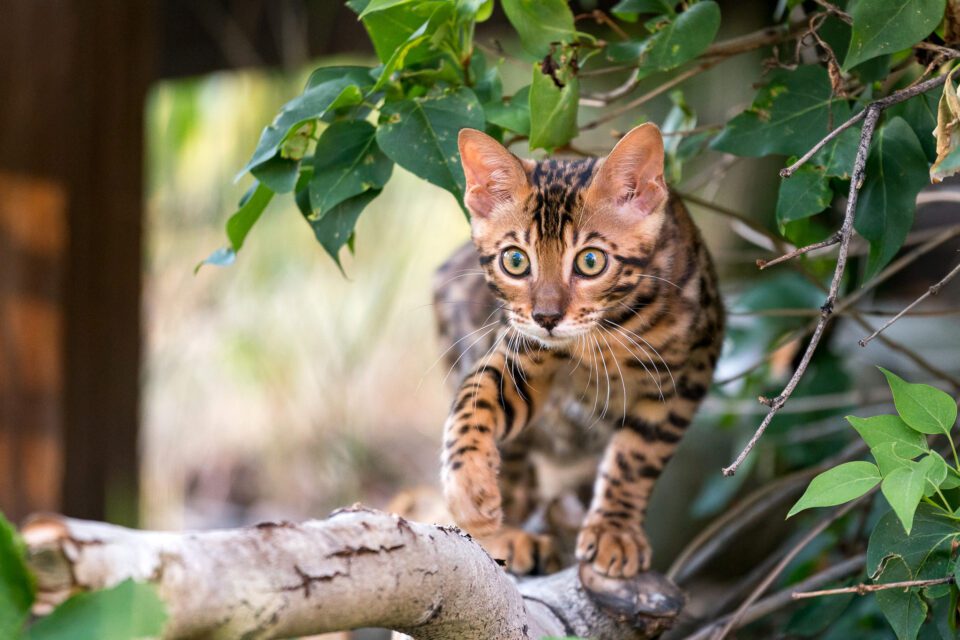
Copyright Nasim Mansurov
Lastly, Sony managed to make its FE 400mm f/2.eight GM OSS and Iron 600mm f/four GM OSS lenses as light as Canon'due south newest super-telephoto primes, which is a very impressive achievement. Lens choice is apparently a big deal for sports and wildlife photography, and that'due south where Sony is a bit behind at the moment – it has no 300mm f/2.viii / f/4, 500mm f/iv, 800mm f/5.6, or high-cease zoom lenses like 200-400mm f/4. Another negative is the poor ergonomics and menu system of all Sony mirrorless cameras. If you are used to Nikon and Canon ergonomics, switching to a Sony might be a rather painful feel.
If you are on a tight upkeep, the original Sony A9 is besides an fantabulous pick, and it can be purchased at a bargain. Some other smashing selection for photographing action is the Sony A7 III.
Nikon D850
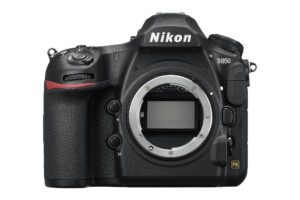 Those who want a more modern DSLR with better cropping options than the D6 have another excellent choice – the Nikon D850. This photographic camera features a loftier-quality 45 MP BSI CMOS sensor capable of class-leading high ISO operation and dynamic range, Multi-CAM 20K 153-point AF system, seven FPS continuous shooting speed, a reasonably large buffer, 4K video shooting, excellent bombardment life, superb ergonomics and full weather-sealing.
Those who want a more modern DSLR with better cropping options than the D6 have another excellent choice – the Nikon D850. This photographic camera features a loftier-quality 45 MP BSI CMOS sensor capable of class-leading high ISO operation and dynamic range, Multi-CAM 20K 153-point AF system, seven FPS continuous shooting speed, a reasonably large buffer, 4K video shooting, excellent bombardment life, superb ergonomics and full weather-sealing.
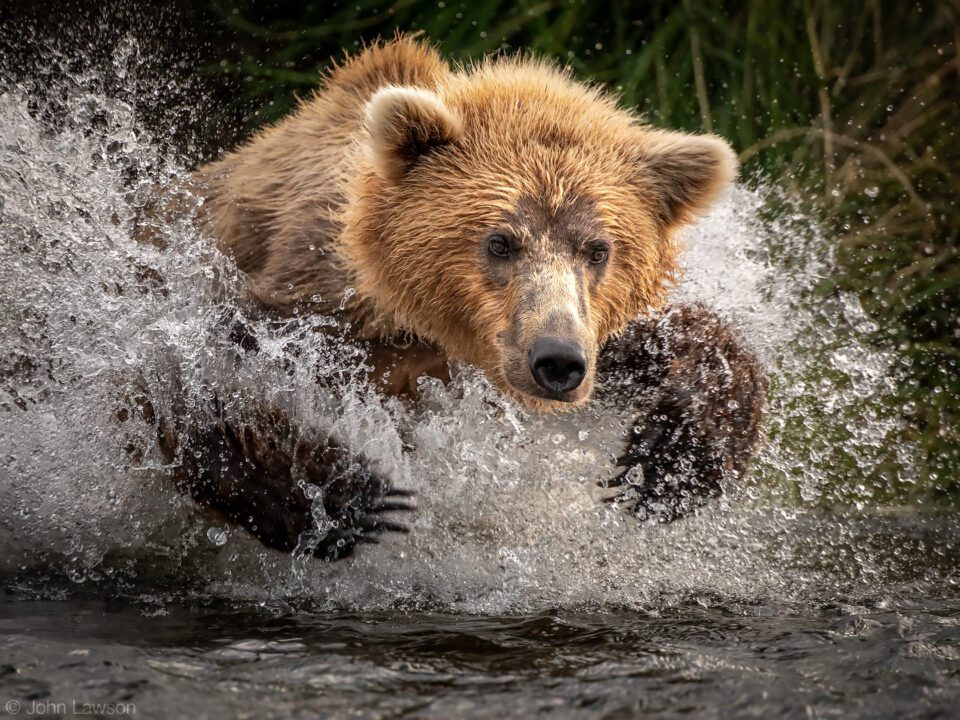
Copyright John Lawson
Nikon threw everything in its arsenal at the D850, and it really shows. The D850 is a DX and FX camera combined in i. Switch to DX mode, and you go a 19.4 MP camera with unlimited buffer capacity. And if y'all employ a loftier-power battery in a grip, y'all can increment the shooting speed to ix FPS – almost the same speed equally what the Nikon D500 offers.
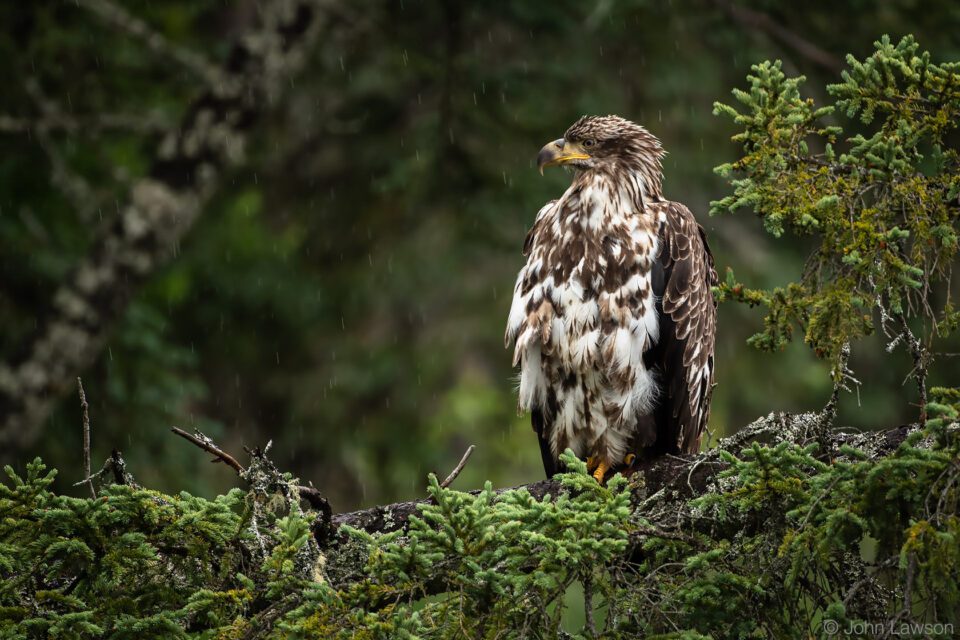
Copyright John Lawson
At $3K, the D850 is not a inexpensive photographic camera, but information technology is ane heck of a tool for practically whatsoever photography needs, including fast action. If it falls out of your upkeep, the Nikon D780 is another great full-frame option at a much lower price. See our Nikon D780 review for more information.
Nikon D780
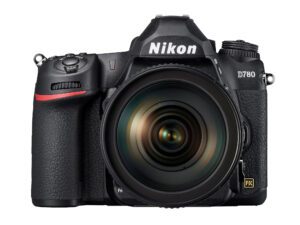 If the D850 is out of your budget, the Nikon has another great full-frame option – the D780. Sporting a modern 24.5 MP BSI CMOS sensor, EXPEED vi image processor, Advanced Multi-CAM 3500FX Two autofocus system with 51-focus points, 7 FPS continuous shooting speed (12 FPS in alive view), a large buffer and a lightweight but fully weather-sealed body, the D780 has a lot to offer for its $2300 MSRP. Nikon incorporated some of its features from the mirrorless Z-series cameras into the D780, making information technology a "hybrid" DSLR.
If the D850 is out of your budget, the Nikon has another great full-frame option – the D780. Sporting a modern 24.5 MP BSI CMOS sensor, EXPEED vi image processor, Advanced Multi-CAM 3500FX Two autofocus system with 51-focus points, 7 FPS continuous shooting speed (12 FPS in alive view), a large buffer and a lightweight but fully weather-sealed body, the D780 has a lot to offer for its $2300 MSRP. Nikon incorporated some of its features from the mirrorless Z-series cameras into the D780, making information technology a "hybrid" DSLR.
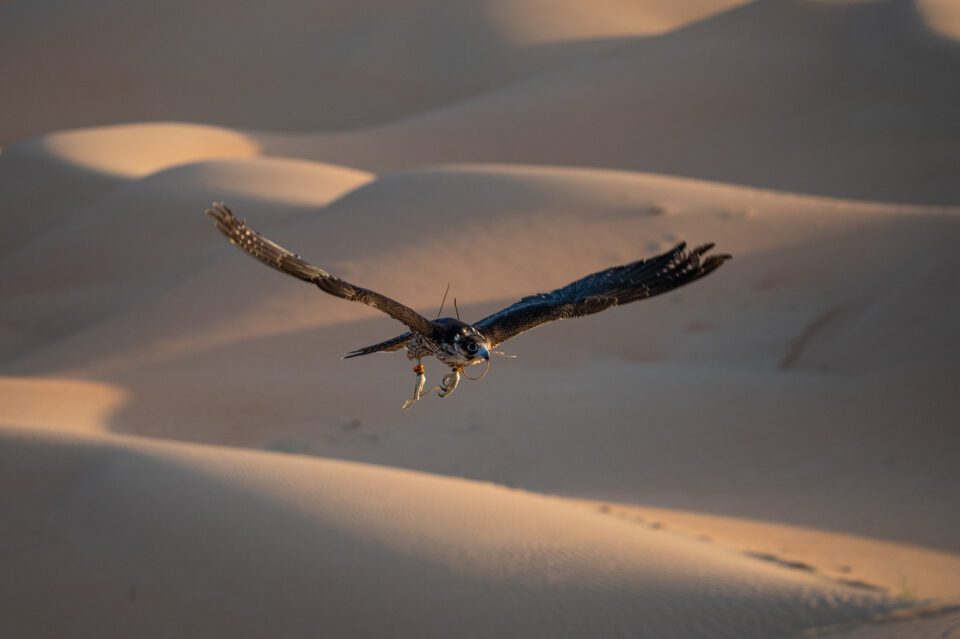
Copyright Spencer Cox
Although its autofocus arrangement is older and inferior to the ane on the D850, Nikon improved the AF algorithm, which makes it quite solid for shooting fast action, even in depression-light situations. Those who like shooting videos will be pleased with the 4K video recording capabilities – the D780 does information technology without any extra cropping involved (full sensor width, oversampled). It has dual UHS-Two compatible SD memory carte du jour slots, so it is a skillful thought to apply fast cards in order to articulate the buffer faster. As expected from a DSLR, the D780 has amazing battery life – you lot can go upwardly to 2260 shots (CIPA) on a single charge! There is a lot to say nigh this camera, so if you desire to find out more, check out our detailed Nikon D780 review.
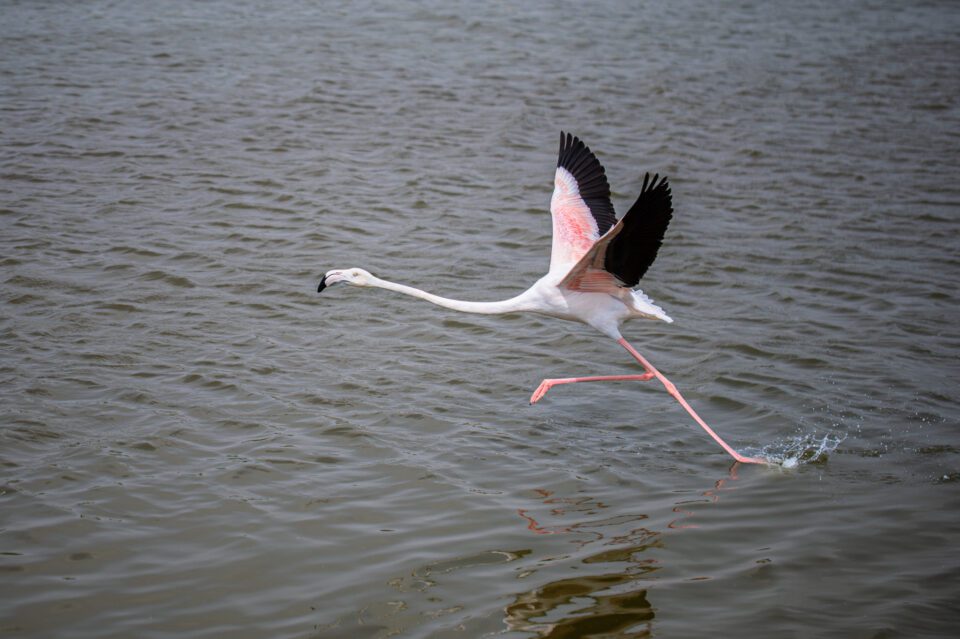
Copyright Spencer Cox
Canon EOS R6
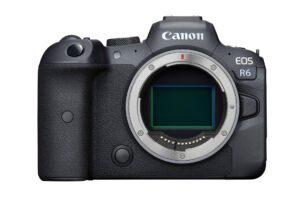 The Catechism EOS R6 is another mirrorless photographic camera on our list of recommended tools for activeness photography and for a expert reason. It is phenomenal, all thanks to Canon's superb Dual Pixel CMOS AF II autofocus system that is capable of tracking people and wildlife's eyes with great precision. Add the ability to shoot up to 12 FPS (20 FPS with electronic shutter), high-resolution EVF, depression-dissonance 20.i MP full-frame prototype sensor, 4K video shooting up to 60p, and a weather-sealed torso, and you got one heck of a mirrorless camera for photographing fast action.
The Catechism EOS R6 is another mirrorless photographic camera on our list of recommended tools for activeness photography and for a expert reason. It is phenomenal, all thanks to Canon's superb Dual Pixel CMOS AF II autofocus system that is capable of tracking people and wildlife's eyes with great precision. Add the ability to shoot up to 12 FPS (20 FPS with electronic shutter), high-resolution EVF, depression-dissonance 20.i MP full-frame prototype sensor, 4K video shooting up to 60p, and a weather-sealed torso, and you got one heck of a mirrorless camera for photographing fast action.
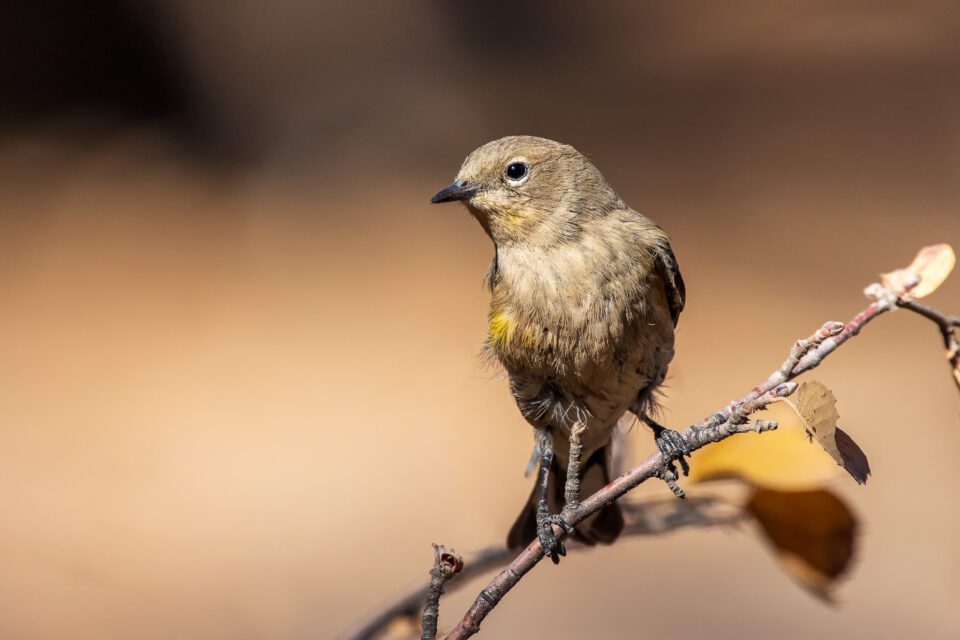
The Canon EOS R6 has excellent ergonomics and a properly organized card system, making it easy to operate the camera in the field. It is small and lightweight, and when coupled with Canon's newest 600mm f/11 and 800mm f/11 super-telephoto primes, information technology can offer amazing accomplish in a very compact parcel. While Canon has non all the same appear any super-telephoto lenses for the RF mount, all existing EF super-telephoto lenses can be used with the different EF to RF mount adapters.
Nikon D500
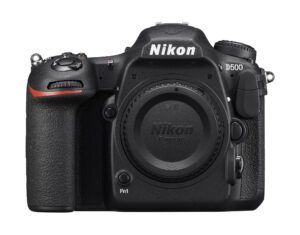 Although the Nikon D500 was announced fashion back in 2016 and has non received a refresh, it has remained as a formidable choice for sports and wild fauna photography. While information technology might not have the same level of low-light performance as the full-frame cameras I talked about then far (being an APS-C / DX camera), it has Nikon'southward incredible and proven Multi-CAM 20K 153-point autofocus system, fast 10 FPS continuous shooting speed, big photographic camera buffer, superb battery life, and total atmospheric condition-sealed construction, making it one of the best APS-C activity cameras on the market.
Although the Nikon D500 was announced fashion back in 2016 and has non received a refresh, it has remained as a formidable choice for sports and wild fauna photography. While information technology might not have the same level of low-light performance as the full-frame cameras I talked about then far (being an APS-C / DX camera), it has Nikon'southward incredible and proven Multi-CAM 20K 153-point autofocus system, fast 10 FPS continuous shooting speed, big photographic camera buffer, superb battery life, and total atmospheric condition-sealed construction, making it one of the best APS-C activity cameras on the market.
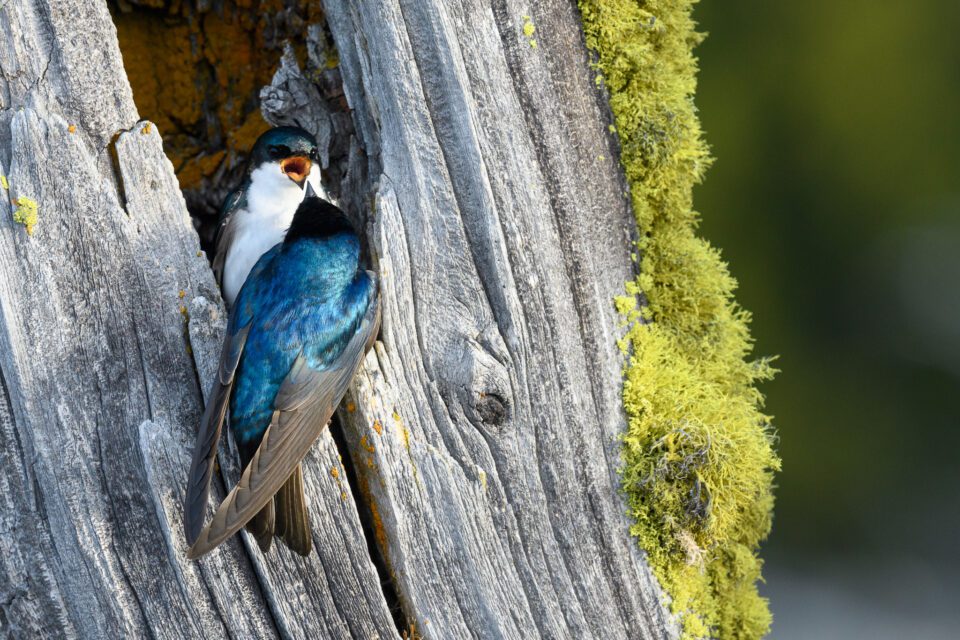
Copyright Nasim Mansurov
The Nikon D500 is a robust and very applied photographic camera in the field, especially when paired with Nikon'due south top super-telephoto lenses. My favorite lens selections for the Nikon D500 are the 200-500mm f/5.6E ED VR, 300mm f/4E PF ED VR, and 500mm f/5.6E PF ED VR lenses. These lenses are very pocket-sized, lightweight, and extremely versatile, assuasive one to easily hand-hold gear in the field. And being a DSLR, you don't have to worry nearly running out of the camera battery when observing wild animals at a distance.
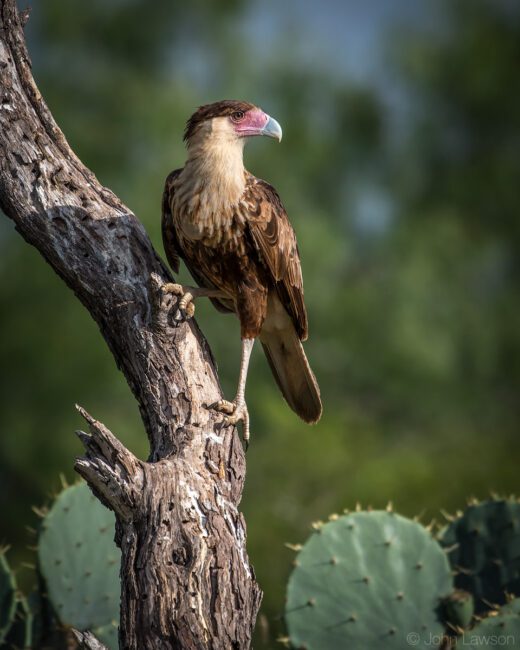
Copyright John Lawson
While many photographers have been wondering why the Nikon D500 has not been updated in and so many years, I feel like the D500 has already pushed many of the boundaries of current sensor and DSLR engineering. At around $1500 retail and less than $1K in the used market, the D500 nonetheless offers quite a chip of value, even today.
Canon EOS 7D Mark 2
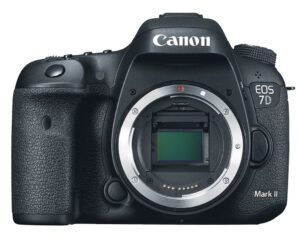 If you already ain Canon lenses, the 7D Marker 2 is another superb tool for sports and wildlife photography. Similar to the Nikon D500, the 7D Mark II too features an APS-C CMOS sensor with 20.two MP resolution, 10 FPS continuous shooting rate, excellent bombardment life and weather sealing. It has a 65-point all cross-type phase-detection autofocus system, dual DIGIC 6 image processors and Dual Pixel CMOS AF technology, providing fast and authentic autofocus performance, fifty-fifty in low-light situations.
If you already ain Canon lenses, the 7D Marker 2 is another superb tool for sports and wildlife photography. Similar to the Nikon D500, the 7D Mark II too features an APS-C CMOS sensor with 20.two MP resolution, 10 FPS continuous shooting rate, excellent bombardment life and weather sealing. It has a 65-point all cross-type phase-detection autofocus system, dual DIGIC 6 image processors and Dual Pixel CMOS AF technology, providing fast and authentic autofocus performance, fifty-fifty in low-light situations.

Copyright Nasim Mansurov
Having used the 7D Mark II in the by, I found it to be a very capable camera for photographing fast action. Its autofocus system is very fast and reliable, peculiarly when the camera is coupled with Canon's excellent line-up of super-telephoto lenses. The biggest downside of the 7D Mark II is its historic period – it was announced way back in 2014, and Canon never bothered updating it ever since.
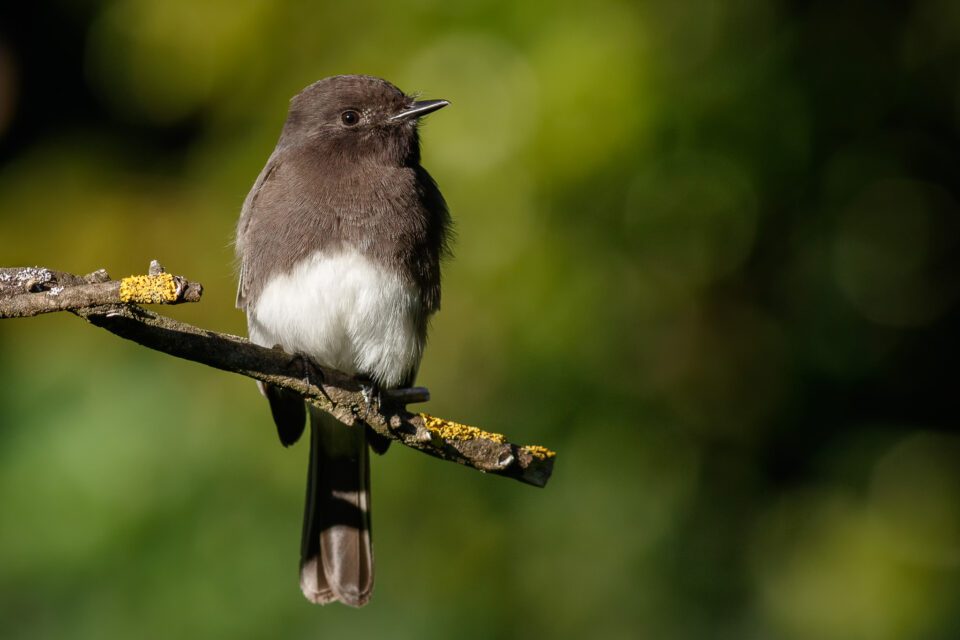
Copyright Nasim Mansurov
Dissimilar the D500 that has 1x UHS-2 compatible SD and 1x CFexpress / XQD retentiveness card slots, the 7D Mark 2 has the older UHS-I SD and CompactFlash slots, which makes it a bit dated in terms of camera technology in comparison. It also has a much smaller photographic camera buffer – only 31 RAW images (roughly 3 seconds) earlier the camera slows down to a clamber. The Nikon D500 has a practically unlimited buffer, making it a more than versatile option for continuous shooting. If you are wondering about the differences between these cameras, see my Nikon D500 vs 7D Mark II article for more information.
All-time Budget Camera for Sports and Wild animals Photography
If you are not ready to spend thousands of dollars on a medium format or a full-frame system, you might want to consider a few upkeep-friendly options with smaller sensors that offering a bit less resolution. Many photographers who exercise wildlife photography as a hobby might desire to consider these:
- Catechism EOS 90D
- Fujifilm X-T3 / X-T4
- Nikon D7500
- Sony A6000-series
What camera do you shoot sports and wild animals with and why? Delight share in the comments section beneath!
0 Response to "What Is the Best Dslr Camera for Wildlife Photography"
Post a Comment